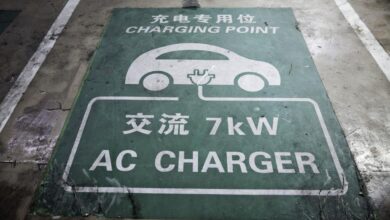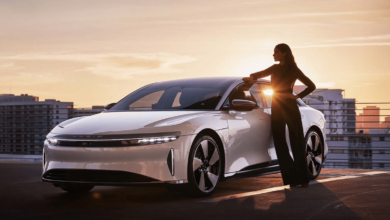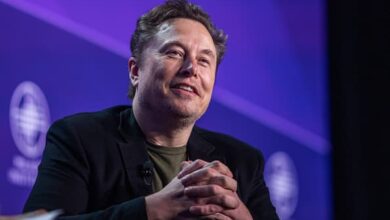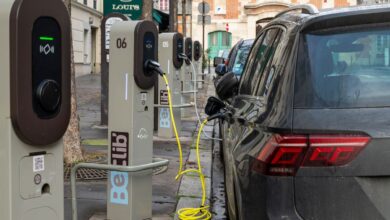The Caltech-MIT Electric Car Race of 1968
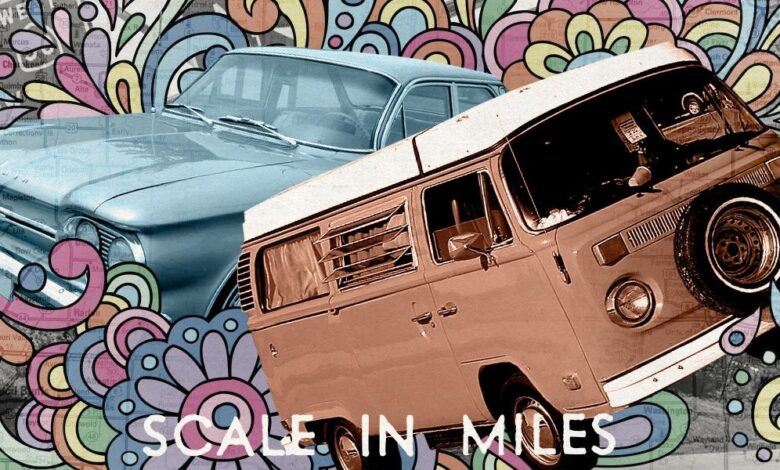
Volkswagen calls its new EV minivan “the electric reincarnation of the iconic Microbus.” But while the ID.Buzz may be a touchscreens-and-LEDs update on the bare-bones icon of the Sixties, it is far from the first electrified take on the VW bus.
On an August morning in 1968, a Volkswagen bus jammed full of Caltech students who had hacked it to run on battery power departed their home base in Pasadena, California. Their destination: Cambridge, Massachusetts, home of rival MIT. At the same moment, MIT students in an electrified Chevy Corvair left the East Coast bound for the West.
“I came up with the crazy idea of a cross-country electric car race between Caltech and MIT,” said Wally Rippel, the student who owned that electrified VW bus and challenged MIT to the 1968 race, while reminiscing about the competition in a lecture at Caltech last Thursday night. [Editor’s note: Caltech is where the author does his day job.] “There would be some interest there, and it would stimulate interest in research at Caltech and MIT.”
The great electric car race of 1968 carried the energy of a world’s fair, offering gawkers along its transcontinental route the chance to see the vehicles of the future. It would be another half-century before the EV finally went mainstream, of course. But the Caltech-MIT competition presaged what electric car builders and drivers would need to overcome, and their race is a reminder that the electric car wasn’t just an idea forsaken soon after the dawn of the automotive industry and then suddenly resurrected by Tesla. All along, engineers and scientists imagined another way.
Climate change is the reason for the whole electric vehicle revolution this century, but it wasn’t the animating force for the EV tinkerers of the ‘60s. Wally Rippel, who owned the Caltech VW bus, and his compatriots were focused on solving smog and air pollution, the car-related environmental calamities of that era. In his Caltech talk, Rippel compared the air quality of that smoggy era to the fire-and-brimstone atmosphere of hell itself. “I don’t think any of you could understand it if you didn’t live in Pasadena in the ‘60s,” he said.
Since 80% of L.A.’s smog came from automotive exhaust, Rippel came to the conclusion that the internal combustion engine should be replaced. The question was, replaced with what? Fuel cells were used during the space race of the 1960s, but they were maddeningly expensive and could provide only 1/20th of the energy he needed to move a car. After seeing electric-powered golf carts around campus, he thought of the electric car.
Just like the climate activists to come, they faced their doubters when the EV race got under way. Team member Dick Rubenstein reminisced in an article about the race: “I remember the service station attendant at Amboy. He thought it was all a joke and asked: ‘What do you need an electric car for, anyway? What air pollution?’”
The challenges of long-distance EV driving were all present in 1968. Rippel wondered, like many people do today, how much more electricity the nation would need to power a country full of EVs. After whipping out his slide rule and performing a few calculations, he determined the U.S. would need 20 to 25 percent more electricity, a reasonable goal.
Rippel and company needed charging stations, of course. The Electric Fuel Propulsion Corporation of Michigan worked with utilities to set up 55 charging stations on the route across the country. Now, those stops didn’t look quite like the Tesla Superchargers of today, located in outlet mall parking lots. Rippel explained that some of their stops amounted to nothing more than a connection to a power line tower or a wire coming up from a manhole.
It typically took 45 to 60 minutes to recharge using the onboard 30kW charger that Rippel put in the bus. That’s not that far off from today’s times, even though the students ran lead-acid and nickel-cadmium batteries rather than the lithium-ion that is today’s state of the art. (Caltech’s VW carried a literal ton of batteries to store 16 kWh of energy.) Still: After blowing fuses and causing a power outage in Seligman, Arizona, the Caltech team had to start charging at a lower speed in order to avoid overloading the technology of the time.
Range anxiety was naturally worse, given the experimental technology and the need to make it to the next station on the list. Both teams had chase cars accompanying their EV and occasionally resorted to towing the electric car when mechanical gremlins struck. Caltech towed a generator along just in case.
The biggest enemy? Heat. Today’s EV batteries suffer under extreme temperatures, with heat degrading battery life and cold diminishing range. But modern EVs have sophisticated cooling mechanisms to help protect the cells. The student EVs did not have this. They resorted to a simpler fix: dumping ice on the batteries during charging stops.
Wrote Rubenstein: “We finally solved our battery overheating problem in McLean, Texas. While the car was charging, I went into town to buy some rubber tubing and a rubber syringe bulb. We got some small ice cubes and put them on the batteries, then used the tubing to siphon the water out of the battery enclosure. We used the syringe bulb to start the siphon. That was our handy-dandy cooling system, for which I blushingly accept credit.”
In other ways, their simple EV technology is startlingly familiar. The VW bus nearly didn’t make it to the charging stop in the desert of Needles, California, but used the downhill grade into town to put some charge back on the battery, just as regenerative braking in today’s EVs saves energy when the car is decelerating or rolling downhill. (Today, Needles is home to several EV fast-charging stations, befitting its nature as one of the rare pit stops on this lonely stretch of desert highway.)
The article in Caltech’s Engineering & Science magazine concludes by saying future lead-cobalt rechargeable batteries might reach 250 miles of range — just about what lithium-ion batteries were actually doing a half-century later, when cars like the Tesla Model 3 arrived.
The race ended nine days later, on September 4. MIT reached the end of the line first, by about a day and a half. But, per the agreed-upon rules, its team was dinged with many hours’ worth of time penalties because of how often the electric Chevy Corvair had to be towed — including across the finish line. The EV van from Pasadena, for all its own troubles, reached MIT under its own power and was, eventually, declared the winner.
In retrospect, the race looks like a one-off — a moment when young scientists with a dream tried to show the world a better way but decades before the world was ready to see it. In fact, though, this calamitous, makeshift Cannonball Run left threads that led to the electrification of vehicles that’s finally happening around the world.
The next generation of idealistic auto engineers created the Sunraycer, a 1980s solar-powered race car that crossed the Australian Outback. Its success led to the GM Impact, a 1990 concept EV meant to show the world what was possible. And the Impact led to the fabled, doomed GM EV1.
EV1 is remembered as the electric car that wasn’t, the victim in the case of Who Killed the Electric Car? But attempts like it and the AC Propulsion tZero in the 1990s showed that EVs were not only possible, but could be downright cool if you did them right. The rest is history.
